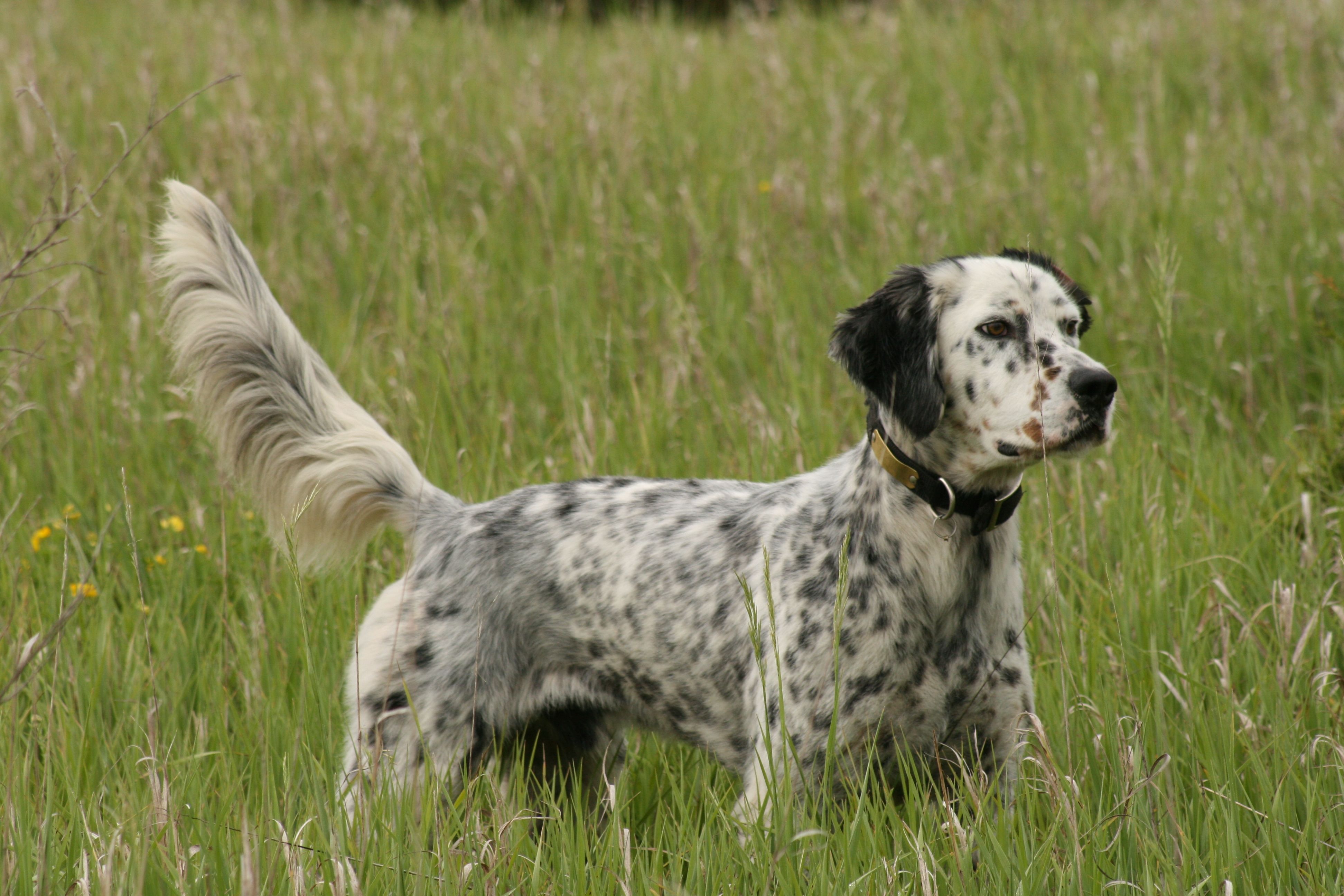Dog / Detail
A Canine Kaleidoscope: Dogs of Spain
Jonathan Bennet | 21 October 2024 | 18:10
Spain, a country steeped in history and cultural diversity, has long been a melting pot for canine breeds. Its geographic location, at the crossroads of Europe and Africa, has influenced the development of its canine population, resulting in a rich tapestry of breeds, each with its own unique story.

One of the most iconic and ancient dog breeds found in Spain is the Ibizan Hound. With its slender build, long ears, and distinctive coat, the Ibizan Hound bears a striking resemblance to its African ancestors, the Sloughi and the Azawakh.
The Ibizan Hound's origins can be traced back to the Balearic Islands, particularly Ibiza, where it was used for hunting rabbits and hares. Its speed, agility, and keen sense of smell made it an invaluable hunting companion. Today, the Ibizan Hound is still bred for hunting, but it has also gained popularity as a loyal and affectionate family pet.

Another breed with deep historical roots in Spain is the Spanish Mastiff. This massive breed is believed to have originated from Molosser dogs brought to the Iberian Peninsula by the Moors during their conquest of Spain.
The Spanish Mastiff was primarily used as a livestock guardian and protector of property.

Today, the Spanish Mastiff is still used for livestock guarding, but it has also become a popular breed among dog enthusiasts who appreciate its loyalty, intelligence, and imposing stature.
European Legacy: The Spanish Pointer
While the Ibizan Hound and Spanish Mastiff have strong African and Moorish influences, other Spanish dog breeds have a more European heritage. The Spanish Pointer, for example, is believed to have descended from English Pointers and Spanish hunting dogs.

The Future of Spanish Dog Breeds
As Spain continues to evolve, so too does its canine population. While traditional breeds like the Ibizan Hound, Spanish Mastiff, and Spanish Pointer remain popular, new breeds and mixed-breed dogs are also gaining popularity.
One trend that is gaining momentum is the adoption of stray dogs. Spain has a significant population of stray dogs, and many organizations are working to rescue and rehome them.
This has led to a growing number of mixed-breed dogs in Spanish homes, each with its own unique personality and characteristics.

Many organizations and breeders are working to ensure the continued survival of these breeds and to educate the public about their history and characteristics.
As Spain continues to embrace its diverse cultural heritage, its canine population is likely to remain a fascinating and ever-evolving mix of breeds. Whether you are a fan of traditional Spanish breeds or mixed-breed dogs, there is sure to be a canine companion that is perfect for you.
Related
-

The Healing Power of Dogs: How Canine Therapy is Revolutionizing Mental Health and Boosting Positive Energy in Humans
Dog14 November 2024
-

A Pawsitive History: Dogs of Nuremberg
Dog09 November 2024
-

The Role of Oxytocin in the Human-Dog Bond: The Science Behind Our Deep Connection
Dog06 November 2024
-

Beyond the Beach: Jamaica's Dog Lovers
Dog29 October 2024
-

A Dog's Delights: Homemade Snacks for Our Furry Babies, Recipes Included!
Dog29 October 2024
-

A Dog's Disorientation: Understanding Your Dogs' Wanderlust
Dog29 October 2024
Popular
-

-

A Pawsitive History: Dogs of Nuremberg
09 November 2024 -

-

Beyond the Beach: Jamaica's Dog Lovers
29 October 2024 -
